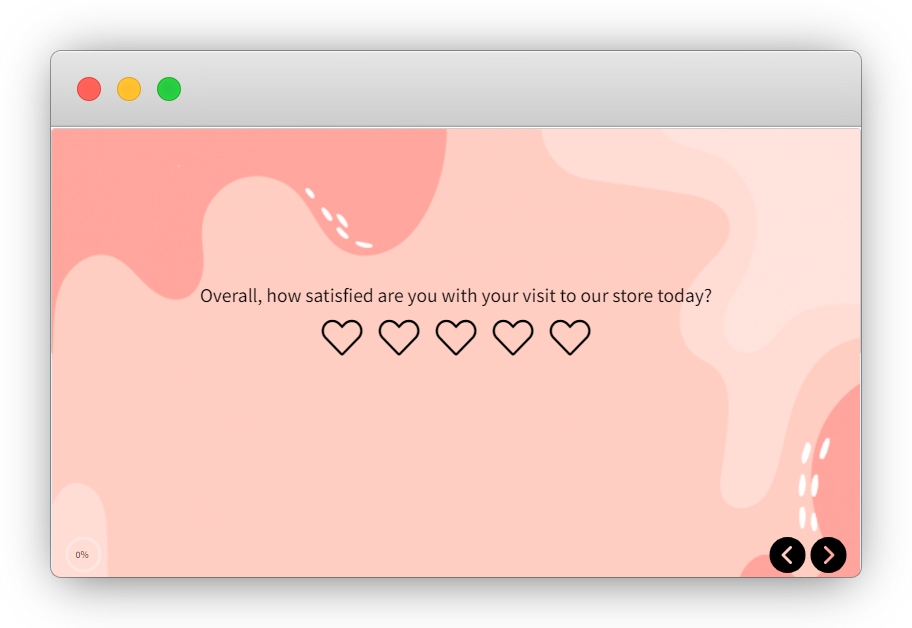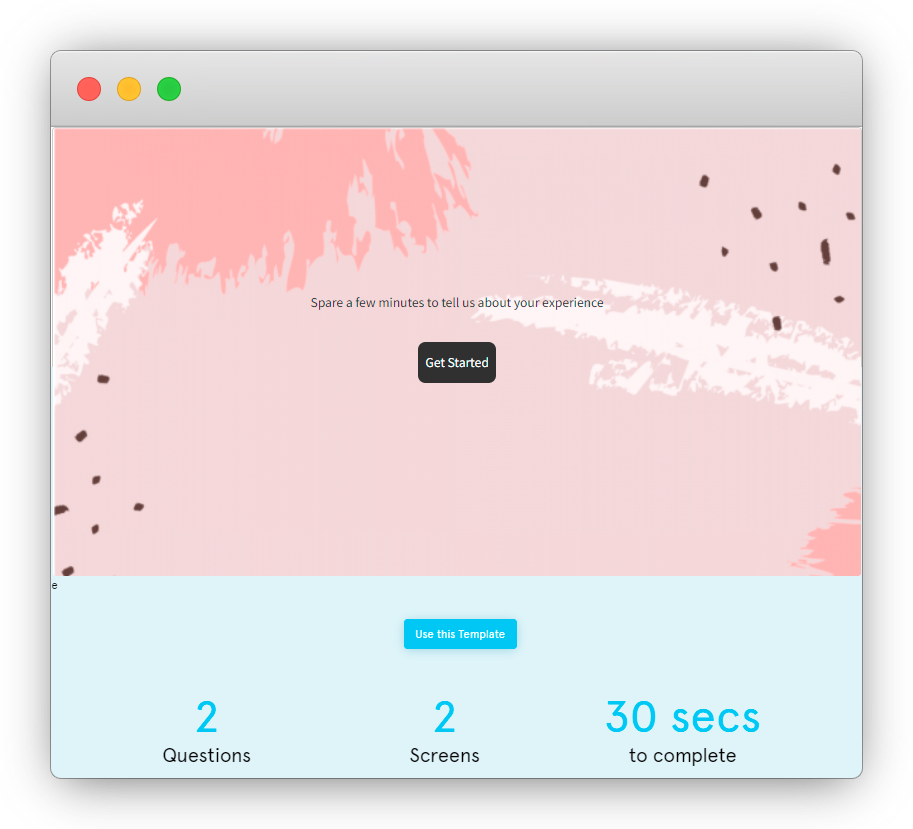Do you often create surveys and wonder how to make them effective? Do you want to have a good response rate on your surveys to get real customer insights and improve your business accordingly? Well, launching effective customer surveys with a sound feedback strategy and getting constructive feedback is crucial to make the right business decisions at the right time.
A Customer Survey is a method of obtaining customer feedback by asking some questions from the customers about their perceptions and opinions to know their views about your products, services and brand. Surveys include a variety of open-ended and closed-ended questions, which help you bring out real customer insights.
Measure Customer Satisfaction and Improve Customer Experience🔥
Create customized surveys and feedback forms and take real-time feedback from your customers at all touchpoints.

Creating effective customer surveys increases the survey response rate, in turn giving you a bigger dataset to improve the quality of your decisions. It shows that your organization actually cares what customers think. This not only enhances your brand perception publicly but enables you to optimize the business strategy as they are data-driven and using metrics like NPS, CSAT, and CES generated by a Customer Survey tool.
Now, let us address the elephant in the room!
Creating Effective Customer Surveys
Creating a survey involves creating a set of questions to ask the customers. A survey can include a variety of questions. Let us take a look at some practical ways to create surveys that your customers would be more likely to respond.
Ways to Create an Effective Customer Survey
- Prefer to create short surveys
- Write questions in simple language
- Use a combination of closed-ended and open-ended questions
- Mention the approximate time taken to take the survey
- Create well-structured surveys
- Use a good Survey Tool
Let us review these tips to create an effective survey.
1. Create Short Surveys
Nobody has much time to spend on lengthy surveys. Everybody wants to complete these tasks fast. So, always take care that your surveys are short.
Researches suggest that around 15% of people leave a survey in between if a survey is lengthy and time-consuming. This reduces the response rate of the surveys.
On the other hand, a short survey can capture a lot more customer responses and thus, can provide you with a good amount of valuable data.
2. Write Questions in Simple Language
This is another vital key to making your surveys effective. Always use simple language in your surveys, which is easily understandable by the masses. Moreover, the questions you ask the customers should not bear a high degree of complexity. Try to simplify the questions as much as possible so that the customers can answer them easily; otherwise, customers can leave the survey in between, thus resulting in a decline in response rate.

3. Use a combination of Open and Closed-ended questions
There are many questions you may need to ask in a survey. The questionnaire may contain open-ended questions or closed-ended questions, or both.
Closed-Ended Questions are those where you provide predefined answers in the form of options, and the customers can easily select one or more of them.
Closed-ended questions are simple and less time-consuming but limit the customers' responses to some predefined options.
Open-Ended Questions are those where you provide free space to the customers so that they can express their views in their own words.
Open-ended questions are time-consuming for the customers to answer but give you rich data with real views and feelings of the customers. Both have their pros and cons, so it is advised to use both of them in your questionnaire. But the number of open-ended questions should be limited (not more than one or two). More open-ended questions will make the survey lengthy. Try using only one question to capture customers' comments, suggestions or the reason for their rating.
4. Mention the approximate time to take the survey
It is an excellent practice to mention at the beginning of the survey itself, an approximate time which the customers would take to complete the survey. This shows that you value the precious time of your customers and the customers have an idea as to how much time the survey will take.
Whereas, if customers are expecting less time to complete a survey, but the survey is consuming more of their time, they can leave the survey in between, which will not only decrease the response rate but will also create a bad impression of your brand. Therefore, it is advised to mention the correct time to complete the survey at the beginning itself.

5. Create well-Structured Surveys
Every written thing has a structure, and the same is with the surveys. Every survey has a beginning and an end. You can use the Funnel technique here by starting with simple and easy questions, then including the complex and tough questions(if needed) and then ending the survey again with simple and easy questions. Moreover, you should end the survey with a positive message, like a simple Thank You message with a good day wish.
6. Use an Effective Customer Survey Software
Always use an effective Customer Survey Software to design a survey. With an effective survey tool, you can choose among various templates and create an effective customized survey catering to your needs. Furthermore, you can use multiple channels to take surveys like emails, SMS, tablets, online and offline surveys.
It saves your time by sending bulk emails and SMS with survey links and enables you to capture survey data offline, i.e. without even an internet connection, with the help of iPads and tablet kiosks. You can also create multilingual surveys (surveys in different languages). So, make sure to use a good Customer Survey Tool or App to make your surveys effective and capture data from many customers.



.jpg)



.png)




